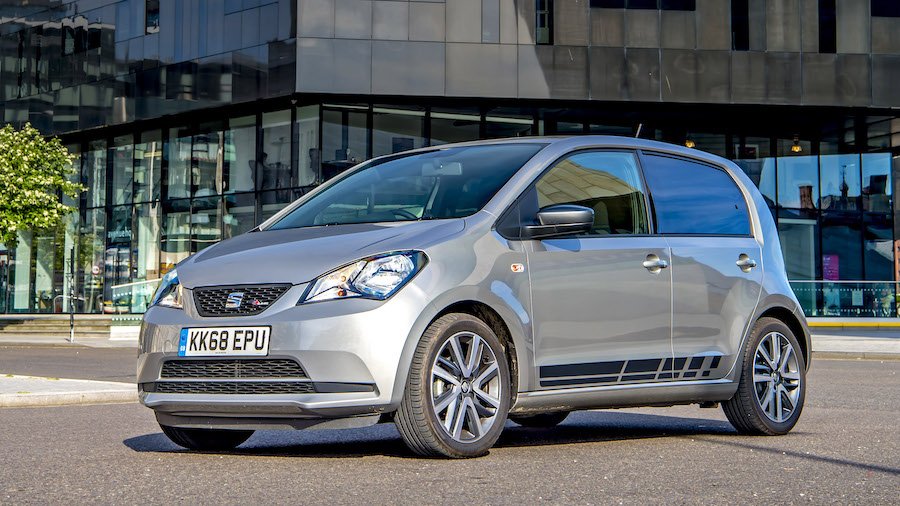Inside the industry: what future can we expect for the city car?

Death is always a shock, even when you know it's coming, and last week's revelation that the Skoda Citigo – and with it presumably the Volkswagen Up and Seat Mii – would not be replaced was very sad indeed. Such are the tight margins, city cars tend to be clever, quirky and compromised – and therefore easy to love. If the VW Group can't make a single-platform multi-brand car like this work financially, then you have to worry for everyone else, too.
Last year, one senior industry boss told me that a manufacturer and retailer would celebrate taking £100 of profit each from the sale of such a car, and then live in hope of making a similar amount of money over the next three years on servicing.
The effort was justified by the ability of these cars to draw new buyers into the brand, the theory being that winning over younger buyers on three-year PCP deals would mean a proportion of them were subsequently hooked into buying more profitable cars. There's a logic to that, although it doesn't always work: the Fiat 500 has long been Europe's best-selling city car, with the Panda not far behind, but alas you don't see a lot of other, larger Fiats on the roads.
The bell has tolled for such enterprises as a result of the increasing encroachment of legislation. Rising emission, crash and tech requirements are making the cost of engineering and producing such cars too great. From an emissions point of view, the irony is clear: these lightweight, compact vehicles could and should be part of the pollution solution, but they are instead being forced out of production by the stringency of the law makers.
However, the city car's not finished yet, of course. Hyundai/Kia have recently refreshed their i10/Picanto offerings, for instance. Others, such as Fiat, plan to extend the life of their current platforms for as long as possible, eking out profitability. Many more, such as Suzuki and Mitsubishi, will keep making the cars for less regulated markets. Others, led most overtly by the French, are letting more radical solutions permeate, most notably by breaking free of the auto regulators altogether.
Here, quadricycle regulations are sparking innovation. Far less stringent crash regulations, justified by the lower speeds of city driving, allow for a far lower cost of development, and the subsequent lightweight structures are also ideal for electrification. You could argue the Renault Twizy, launched in 2012, was ahead of its time. The near-identical Seat Minimo, revealed in 2019 and tipped for 2021 production, certainly suggests so. Meanwhile, the Citroën Ami has already been launched in some markets, at a rough cost of a £3000 down payment and £17 per month subscription thereafter. As ever, necessity is the mother of invention – if not always to everyone's tastes.
